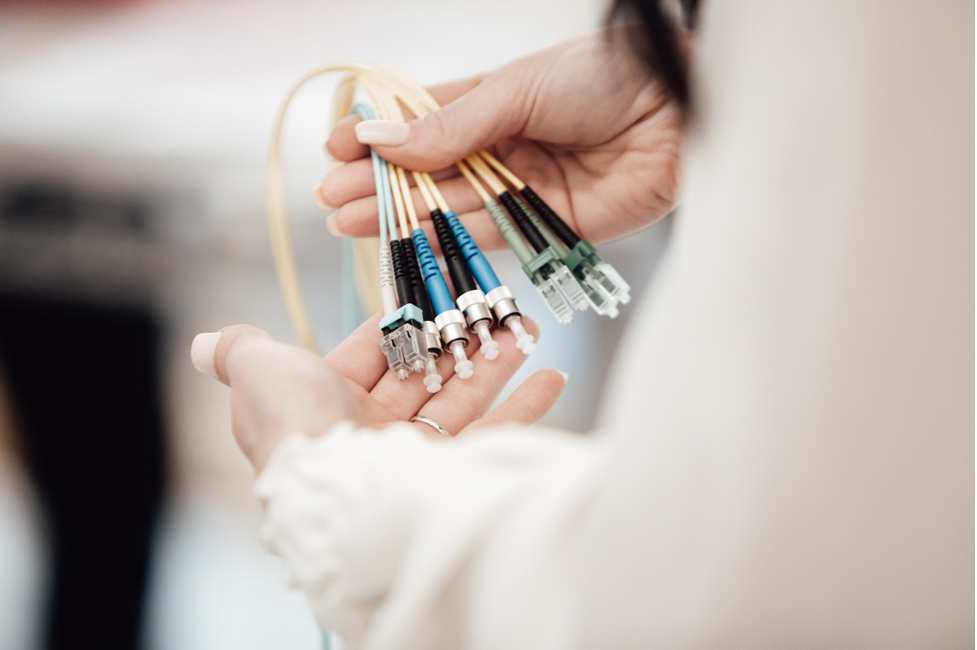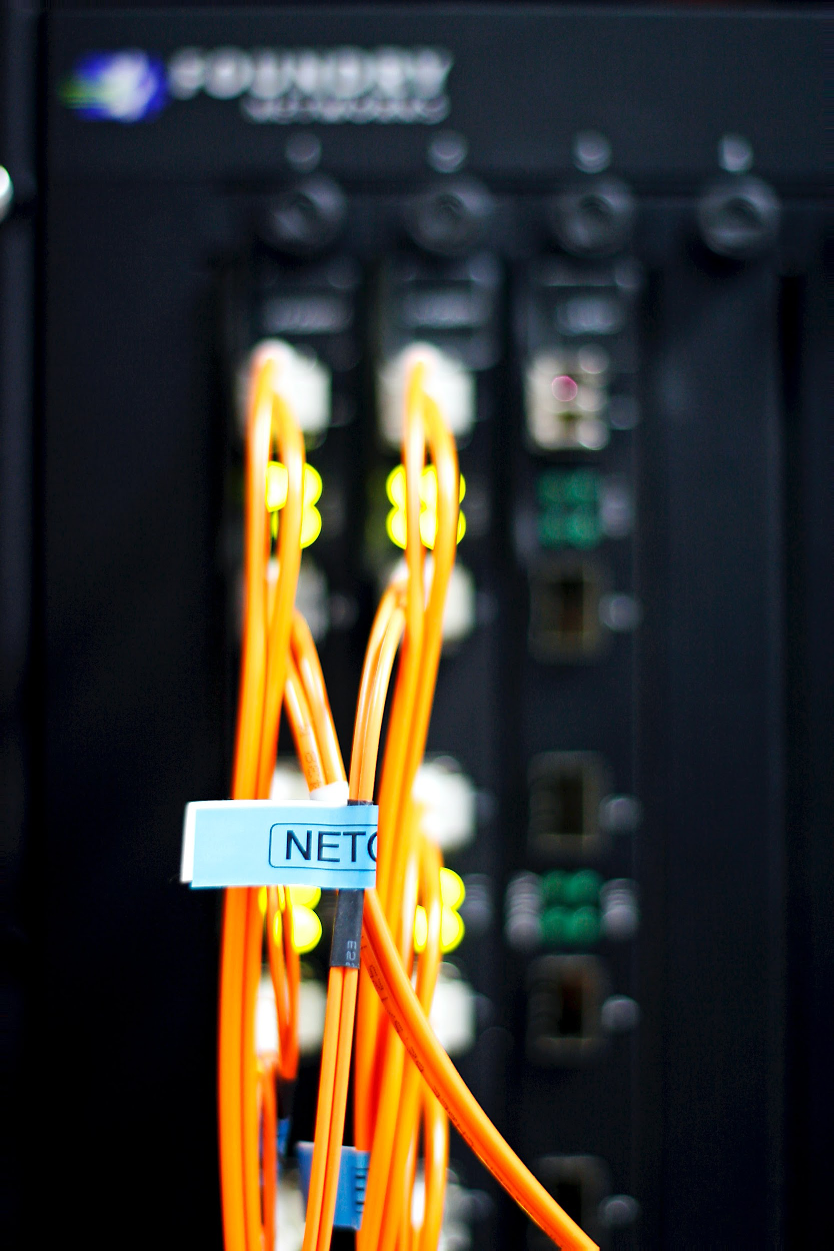Are you looking to install fiber optics, or are you curious about how fiber optics installation works? Well, whatever category you’re in, this article will answer your questions.

Fiber optics can be installed in several ways, but we delve into that, let’s make sure we’re on the same page. If you do not know what fiber optics are, that’s alright. Here’s an article that discusses the mechanism of fiber optics and why businesses are opting for it.
Fiber optics is arguably the fastest data transfer protocol globally, and it might retain that title for a while. However, fiber optics isn’t like any other data connection setup, as it requires substantial physical contact between cables and other specific components.
How Are Fiber Optics Installed?
Depending on usage purposes, there are two primary application methods through which fiber optics are installed. We have:
1. The FTTH (Fiber to the homes) application.
2. The FTTP (Fiber to the premises) application.
The essential difference between both methods is their delivery mediums. FTTH installation usually takes the underground route, while FTTP takes the aerial course, often through a telegraph pole. However, FTTP is also suitable for underground passage.
The principal structure of the fiber optics installation process starts from the provider’s central data center through to the substation—the substation bridges the data center and potential drops (client’s designation).
If you want to be an active part of the installation process, here are the safety procedures you must follow.

Fundamental Safety Procedures for Fiber Optics Installations
1. Avoid direct eye contact with the light.
The light, in this case, comes directly from the cable(glass fibers). As we know, fiber optics transfers are enabled by light transmissions, so there should be a lot of testing during installation to ensure that the light transmitting through the cables flows perfectly. When checking for the light at the end of a cable, wear shades to protect your retinas from the optic beams.
2. Avoid enclosed contact with the cables.
Fiber optic cables are made of breakable glass and are usually exposed to different pressure levels during installation. Due to the delicate nature of the glass, breaks and snaps happen often. A rupture could unleash tiny glass fragments into the air and pierce the skin nearby.
3. Do not touch your skin during installation.
When splicing or making cuts during installation, tiny bits of glass are bound to fly around, and these fragments could easily land on the skin without causing any damage. However, they could also pierce the skin under pressure. So avoid touching exposed skin, especially the face, during the installation process.
Conclusion.
Wearing PPEs during installation is mandatory, but being aware of the potential dangers at an installation site will do more good. Even better is letting the experts take the reins.
So if you intend to install fiber optics cable, you’re in the most suitable space. At AiNET, we live to make network connections workable and seamless for everyone. Click on the highlight to get started.
